The Champignon family has many edible representatives. One of such valuable mushrooms is a white umbrella. This is a very rare agaric, which got its name due to its striking resemblance to an open umbrella.
You can find it in mixed and deciduous forests throughout Russia, as well as Europe, Asia, America. This fruit is collected mainly by experienced mushroom pickers, because there are several poisonous and inedible varieties that can easily be mistaken for a real umbrella.
Content
The characteristic features of a white umbrella
Most umbrellas are similar to each other, but still there are features by which you can easily determine the white look. It is very important to distinguish a mushroom from dangerous doubles.
Appearance and photo
Umbrella white (field) at a young age has an egg-shaped hat, which opens with age and becomes similar to an open umbrella. Outwardly, you can notice a resemblance to a motley umbrella, in contrast to which the white fruit is painted in pure white color and has lighter scales.
Like all its relatives, this instance has a membranous ring, which moves easily vertically.
Structure and species differences
The diameter of the fleshy cap varies between 6-12 cm. Young fruits form an elongated, egg-like hat, which, as it grows older, becomes flat-spread. A distinctive feature of the mushroom is a small light brown tubercle in the center of the cap. The matte surface has a white or cream color. The center of the hat is smooth, and the rest of the surface is covered with small scales. At the edges you can see thin flaky fibers.
The plates are densely arranged and have a thin cartilaginous collarium. Their color is mostly white, and in older individuals it becomes a brownish or cream shade.
The maximum height of a cylindrical leg is 12 cm. Its thickness is from 0.6 to 1.2 cm. The leg is hollow and has a tuber-like thickening near the base. Its surface is smooth to the touch, has a white color, which closer to the base has a brown or yellow tint.
The pulp is white and does not change color in places of cut. The leg has a longitudinally fibrous pulp. This is the main reason why the foot is often thrown away. The smell is mushroom and quite pleasant. Raw fruit has a slightly tart flavor.
Spore powder is white. The size of the spores varies between 12 × 8 - 15 × 9 microns. Spores are pseudo-amyloid with a few fluorescent drops.
Habitat
In European countries, this species can be found everywhere. In Russia, it is often collected in Siberia (Krasnoyarsk and Altai Territories). White umbrellas are also common in the Khabarovsk and Primorsky Territories, they can be found in Buryatia. They grow in Central Asia, in the Americas. They hunt for a white umbrella in Australia, Africa, Cuba and the Philippines.
Forest gifts grow on well-fertilized soils that are rich in humus. You can often meet them in pastures where cattle are grazed, in fields, steppes, on open edges.
Eating
A rare and delicious white umbrella is great for preparing various dishes. It can be cooked, fried, baked, and even make preparations for the winter.In taste, the fruit is very reminiscent of its relative - champignon, so it will taste great in any dish. They only eat hats, because the leg is quite rigid and fibrous.
After reviewing the description and photo of the field fruit, you can go on a quiet hunt with an experienced mushroom picker.
Mushroom picking rules, features and locations
You can search for these mushrooms from the beginning of June. They prefer to grow on soil, which consists of a large number of sod humus and fallen leaves. These mushrooms can be collected after summer heavy rains, after which good sunny weather is established. It is better to look for them in the open places of the forest (coniferous and deciduous), clearings, clearings.
Difference from false, inedible mushrooms
Inexperienced mushroom pickers can confuse a white umbrella with both poisonous and edible counterparts.
Most often they confuse it with the closest relatives-umbrellas, which are considered edible:
- the motley umbrella has a relatively large size, and brown color predominates in the color of the fruiting body;

Colorful umbrella - Conrad's umbrella mushroom has a brown or whitish skin that does not completely envelop the hat and crack in the shape of a star;
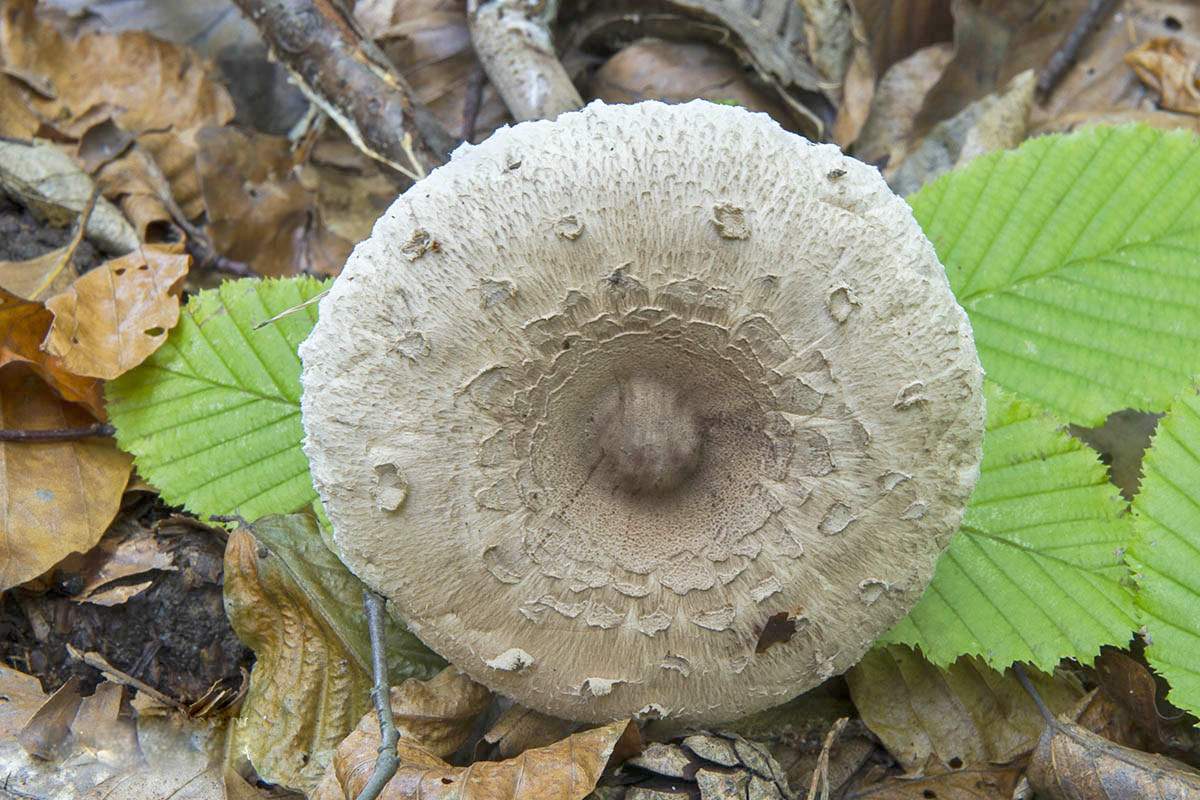
Conrad Mushroom Umbrella - the mastoid umbrella is characterized by not so dense flesh, and a sharper tubercle forms on the cap.
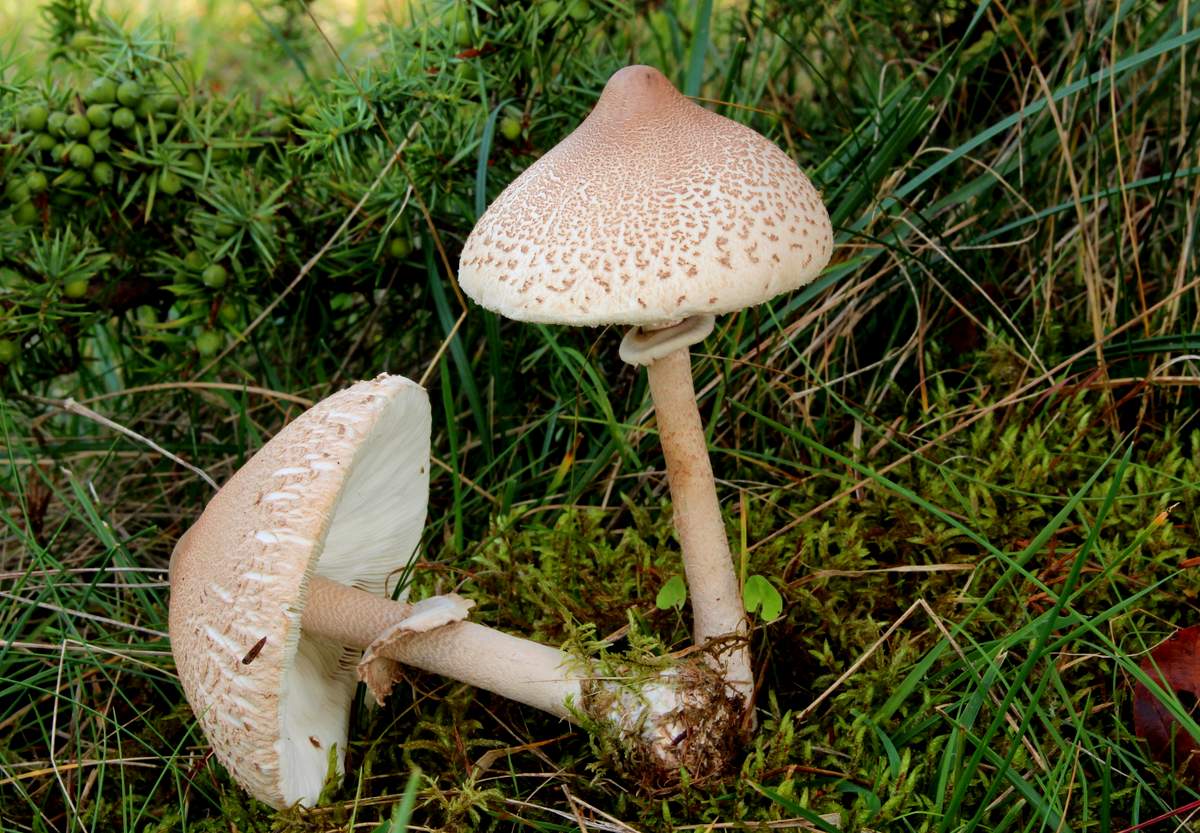
Mushroom Umbrella Mushroom
If you confuse a field mushroom with edible relatives, then nothing bad will happen, which can not be said about poisonous counterparts. Poisonous leopita refers to the highly poisonous representatives of the mushroom world. It is distinguished by the small size of the fruiting body, the maximum height of which is no more than 6 cm. The hat of this specimen is painted in gray-pink color, and the place of the cut acquires a pink hue.
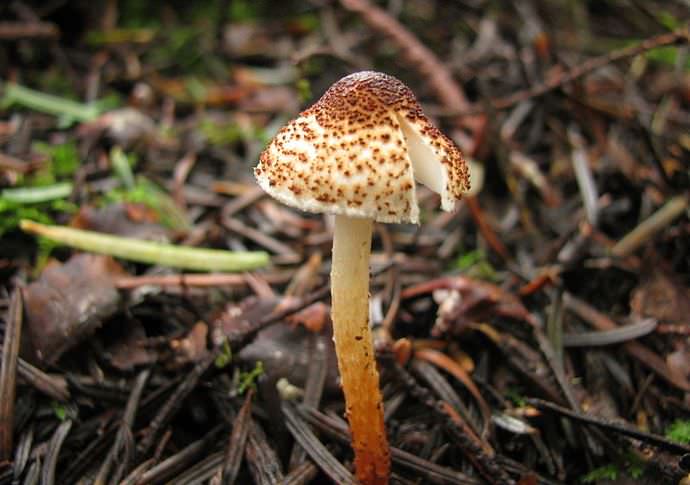
Very similar to the white umbrella and the deadly poisonous smelly fly agaric, which lives only in forest areas. It is characterized by free Volvo near the base of the leg, which may also be in the ground. The hat is colored white, and it often forms membranous flakes.
Useful properties and restrictions for use
In addition to excellent taste, the field umbrella has a number of useful properties. It is used in folk medicine for the complex treatment of cancer, rheumatism, diseases of the cardiovascular and nervous system.
The composition of the fetus contains substances useful for the body:
- phosphorus, calcium, magnesium, iron, sodium, potassium;
- beta glucans;
- tyrosine;
- arginine;
- melanin.
Despite the many positive properties, the use of this product can cause an allergic reaction. Mushrooms should be excluded from the diet for those people who have an individual intolerance to the product, nursing and pregnant women. Do not advise giving mushrooms to children under five years of age. It is important to remember that the fruits absorb harmful substances from the environment, so it is better not to use old specimens.
Recipes and features of cooking mushrooms
From young field umbrellas you can cook a delicious and light mushroom soup.You will need these ingredients:
- 300 g of mushrooms;
- one carrot;
- two onions;
- three potatoes;
- 2.5 liters of water;
- 6 tablespoons sunflower oil;
- herbs, spices and salt to taste.
Harvested crops should be washed, cleaned and soaked for several hours in slightly salted water. The soaked fruits are washed and cut into small pieces. Onions and potatoes are peeled and chopped, and the carrots are rubbed on a fine grater. Onions and carrots are placed on a pre-heated skillet, adding pepper and salt to taste. Fry over low heat until soft carrots.
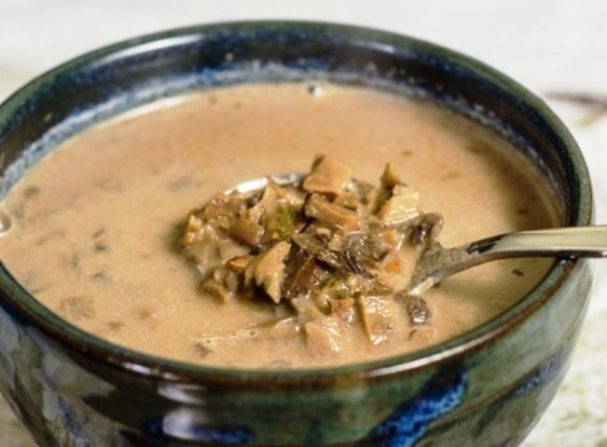
Prepared umbrellas are thrown into the pan, poured with salted water and put on the stove. After boiling, boil them for 20 minutes. Potatoes are added to the container and cooked until cooked. Then add fried onions with carrots, spices, bring to a boil and turn off the stove. The finished dish should be infused for about 20 minutes, after which it can be served.
If the quiet hunt was a success, you should think about preparations for the winter. For pickling, it is advisable to take young mushrooms. They are cleaned of forest debris and washed well in running water. Harvest is placed in a pan and boiled in salted water for 40 minutes.
At this time, prepare a marinade for 1 kg of fruit:
- 1 liter of water;
- 8 table. l table vinegar;
- two tables each. l salt and sugar;
- 1-2 bay leaves;
- 5-7 pcs allspice and black peppers (peas);
- a couple of cloves.
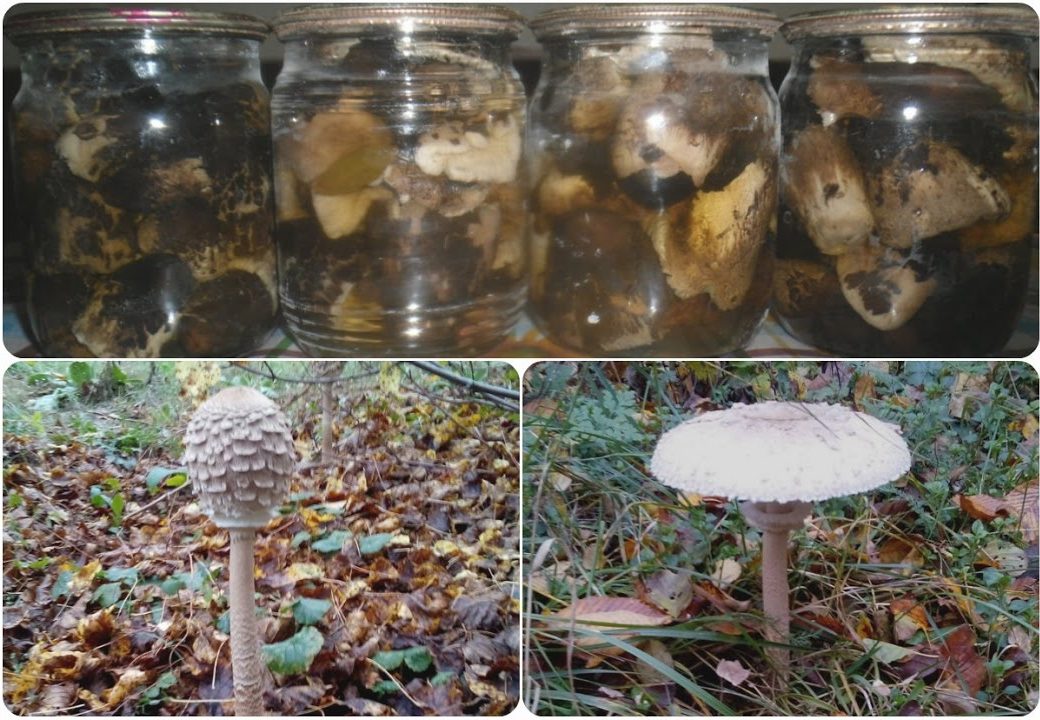
The boiled mushrooms are poured into a colander and washed well, after which they are left for a while to allow the glass to have excess liquid. Pour water into a clean pot and add all the necessary ingredients except vinegar. After boiling, the required amount of vinegar is carefully poured into the container.
Mushrooms are poured into the boiling liquid and boiled for another 20 minutes. In sterilized jars spread mushroom mass and pour hot brine. The containers are rolled up, and after cooling they are transferred to a cool place for further storage.
Answers to Common Questions
Any, even valuable and edible, mushrooms cause a lot of questions for hunters. We will answer the most frequent of them:
Most novice mushroom pickers bypass the field umbrella, taking it for a poisonous fly agaric. If you have an experienced partner, you should fill your basket with this valuable product, because having tried it once, you will certainly want to “hunt” again. The excellent taste of the product allows you to use it to prepare a wide variety of dishes.

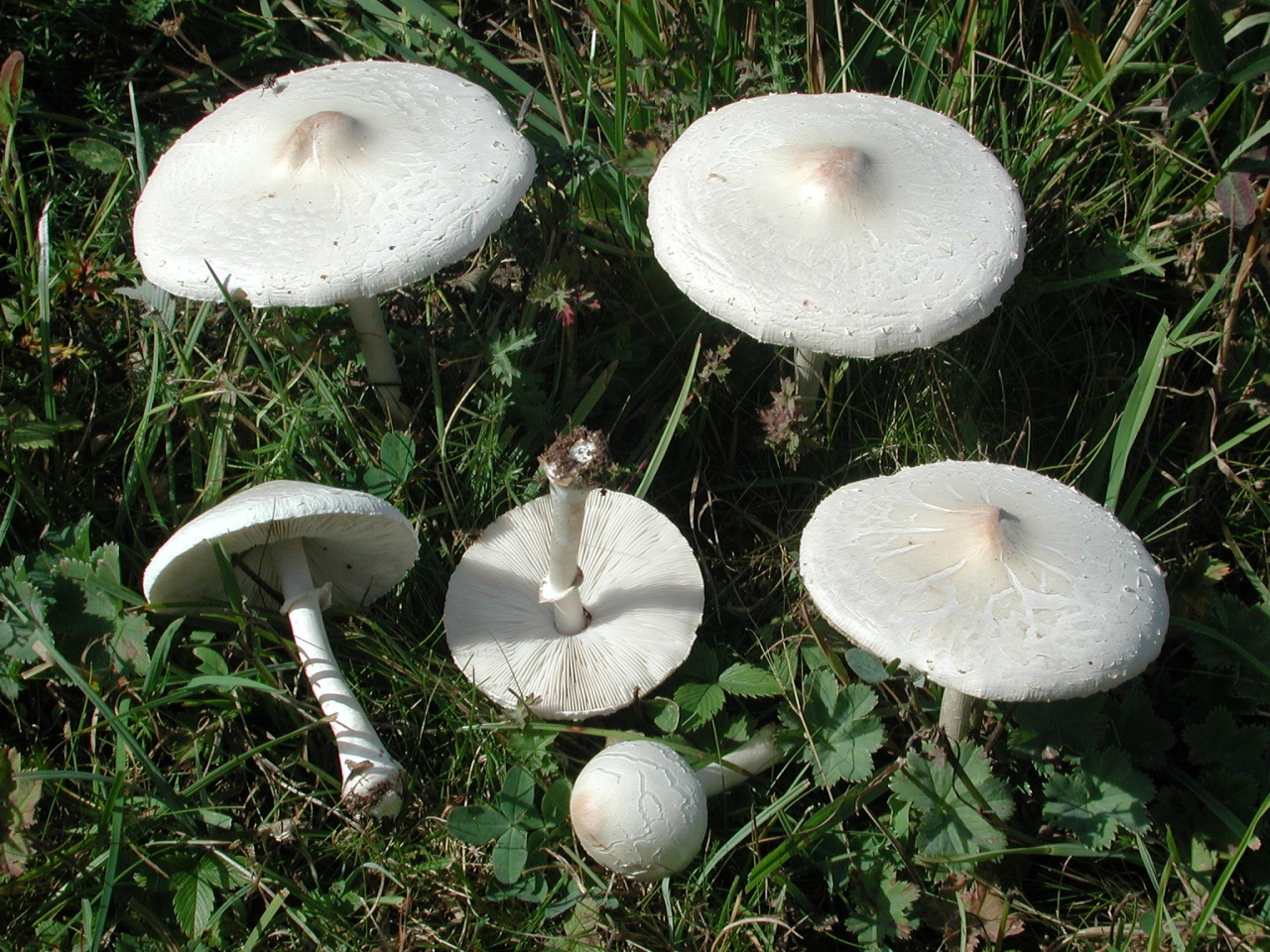
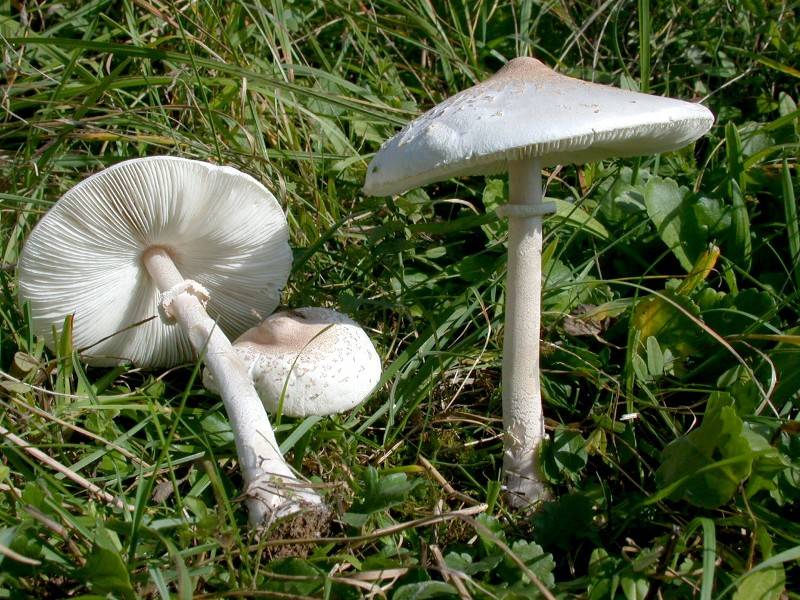
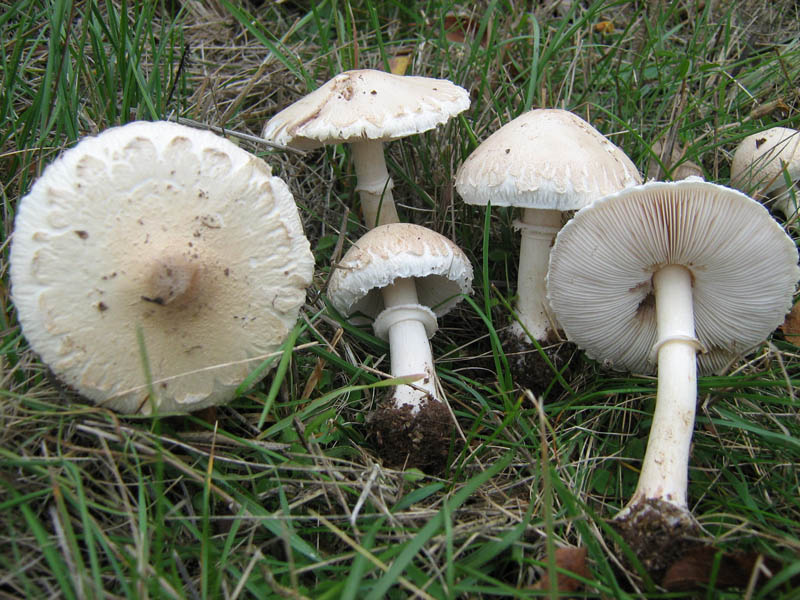
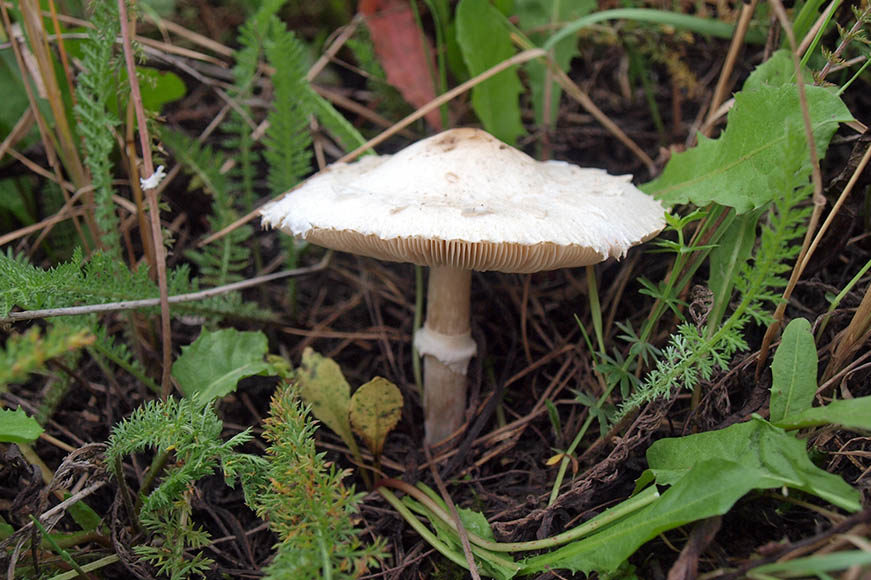
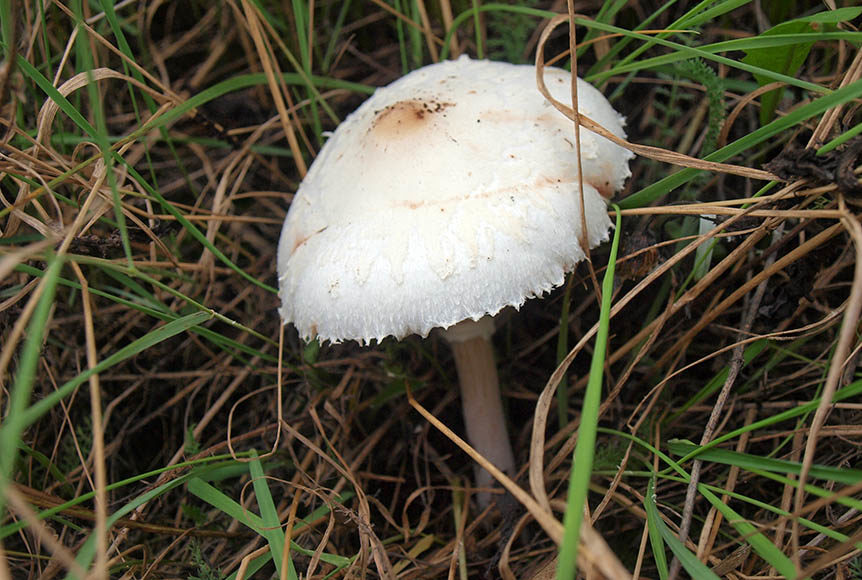
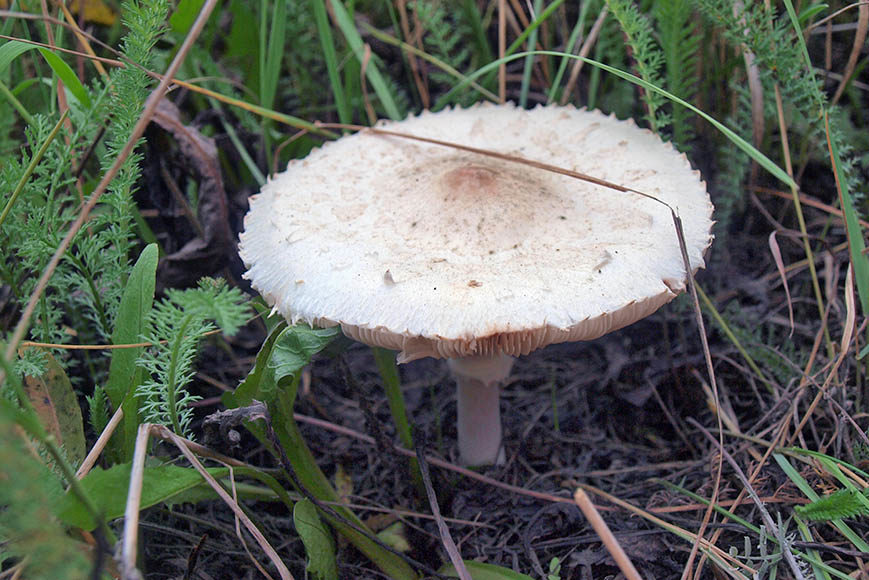
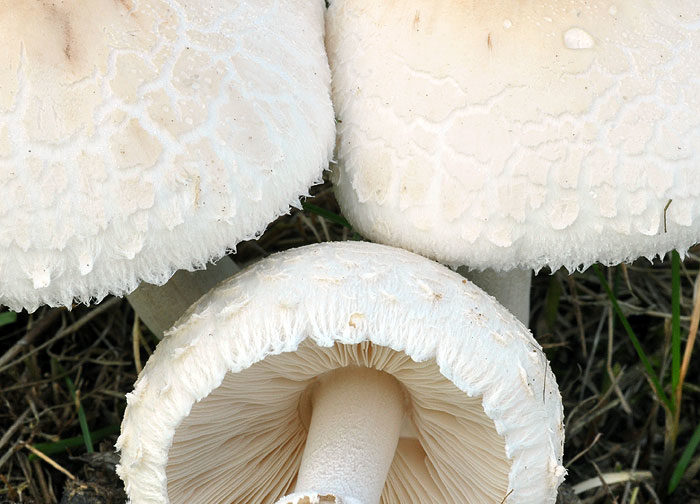
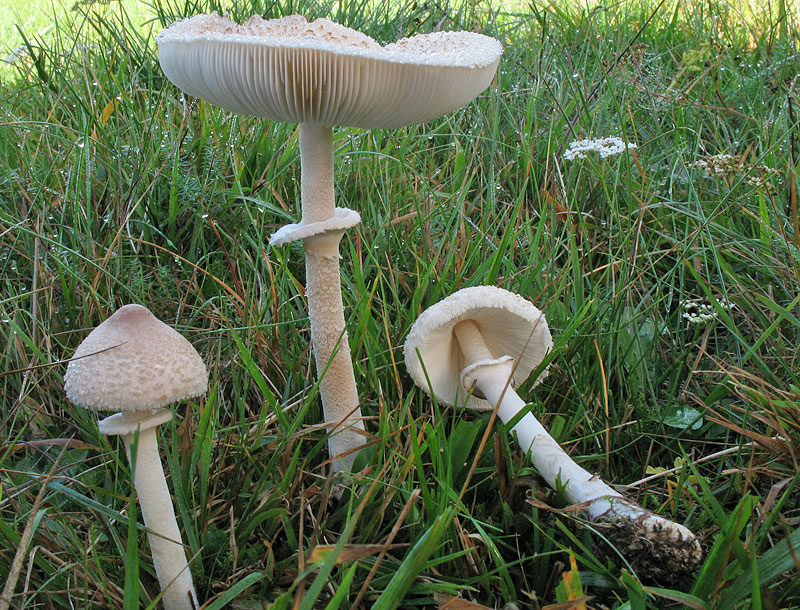
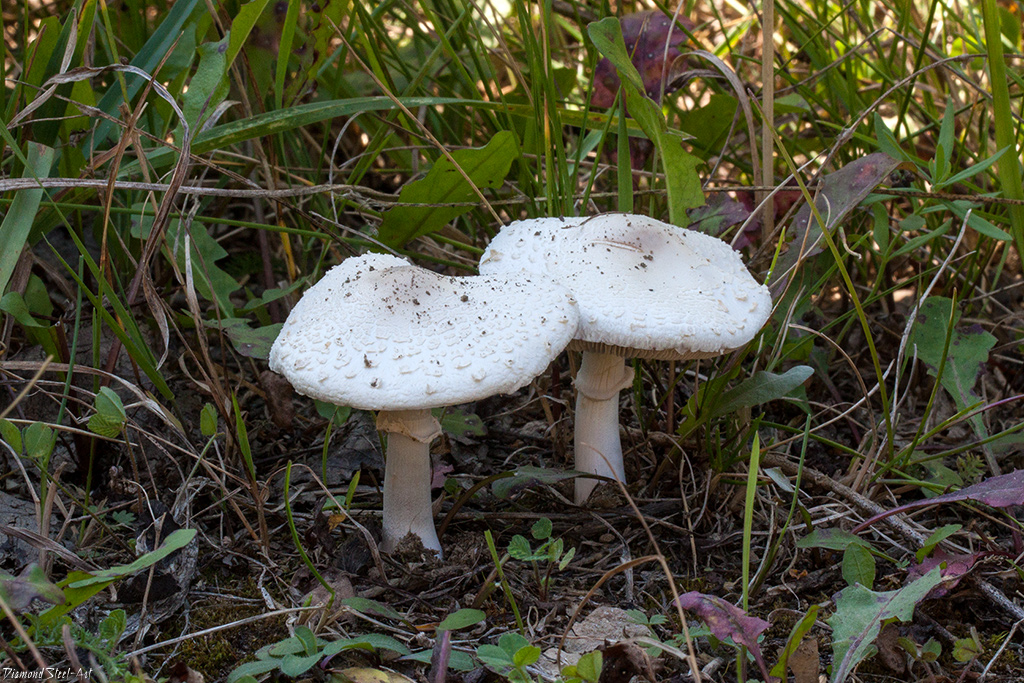
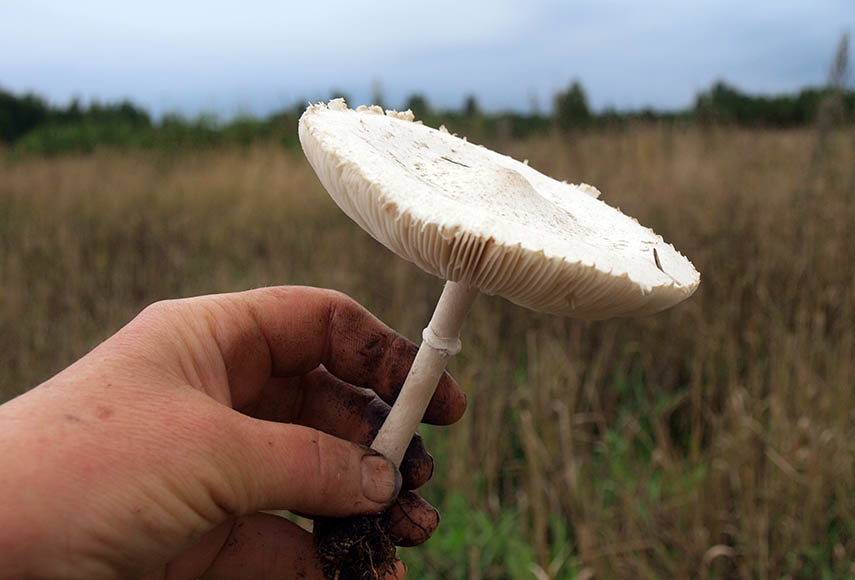
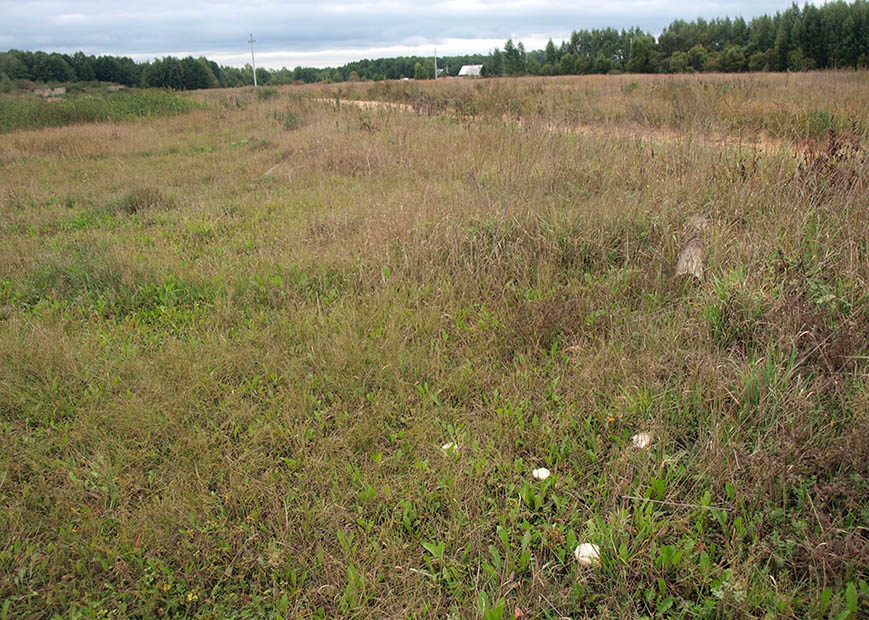
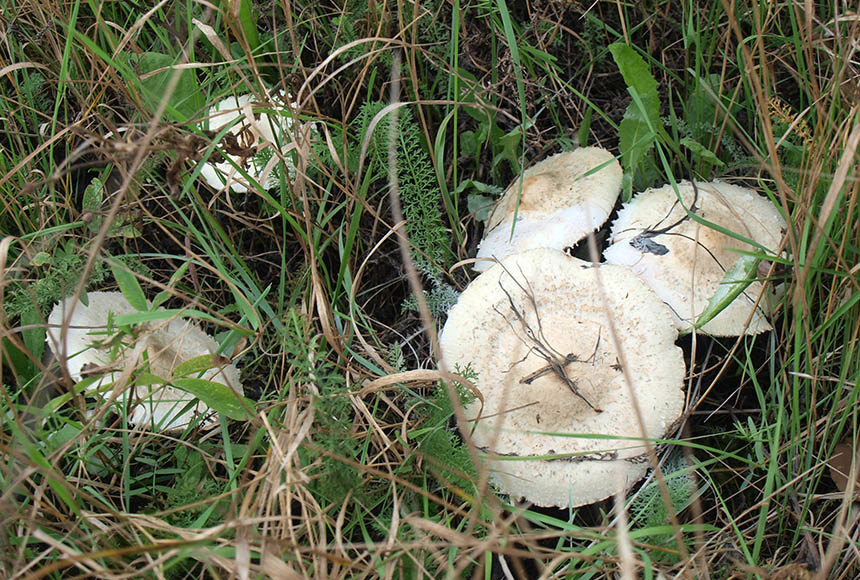
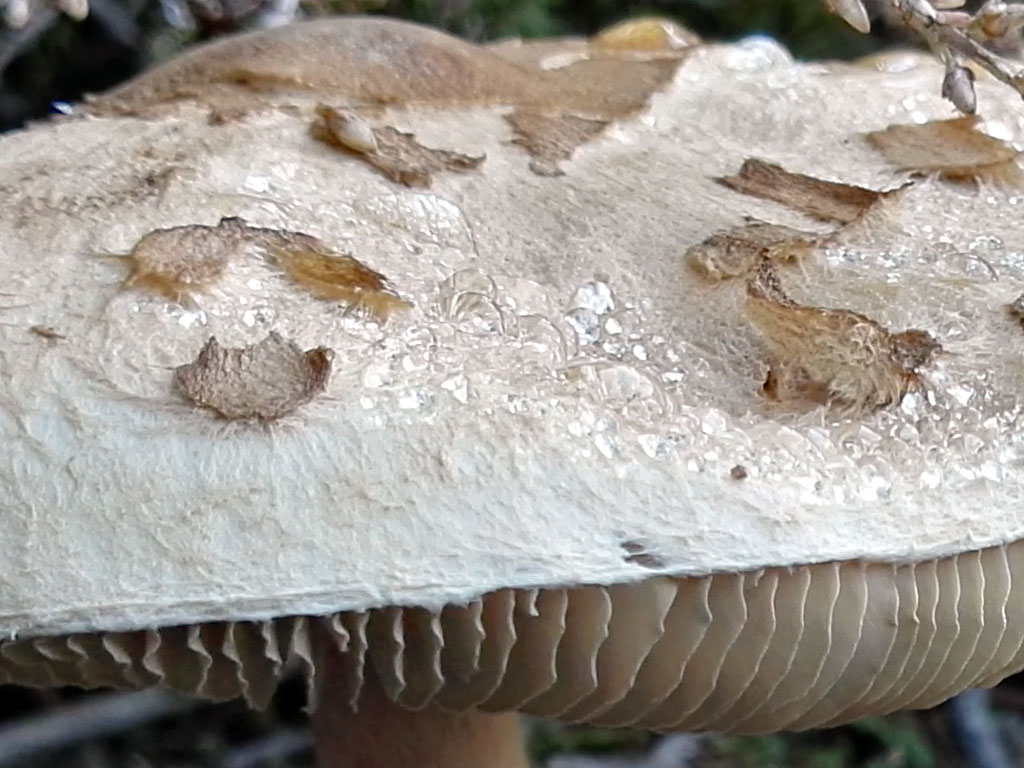
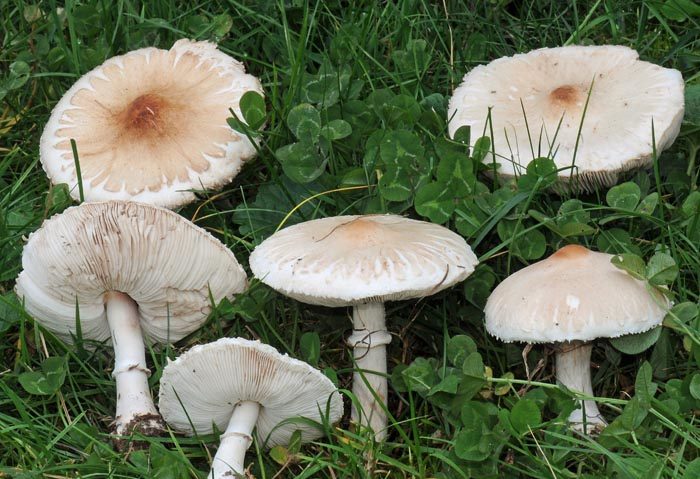
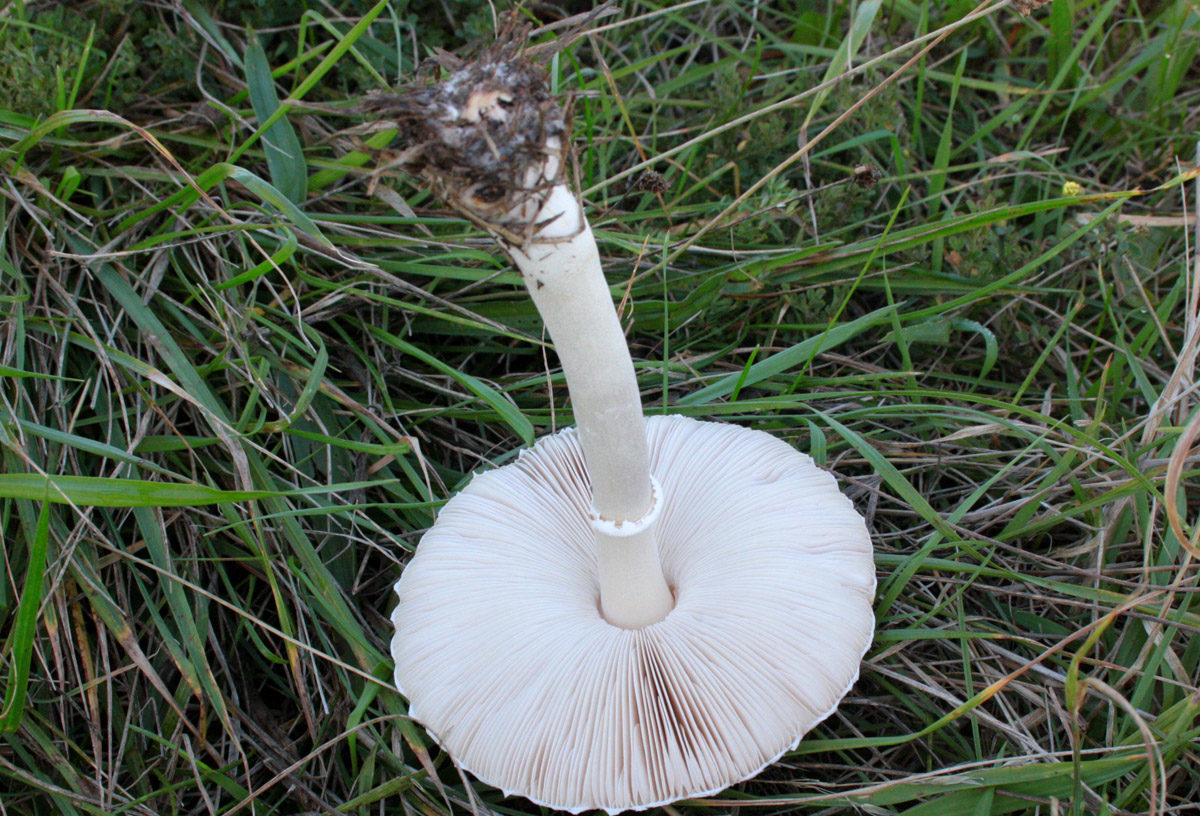



 Care and use of Kombucha at home (+22 photo)
Care and use of Kombucha at home (+22 photo) Edibility of the fungus of the motley umbrella and its description (+19 photo)
Edibility of the fungus of the motley umbrella and its description (+19 photo) Description of edible and inedible oils, their poisonous counterparts (+40 photos)
Description of edible and inedible oils, their poisonous counterparts (+40 photos) Useful properties of milk mushroom and its contraindications (+17 photos)
Useful properties of milk mushroom and its contraindications (+17 photos)